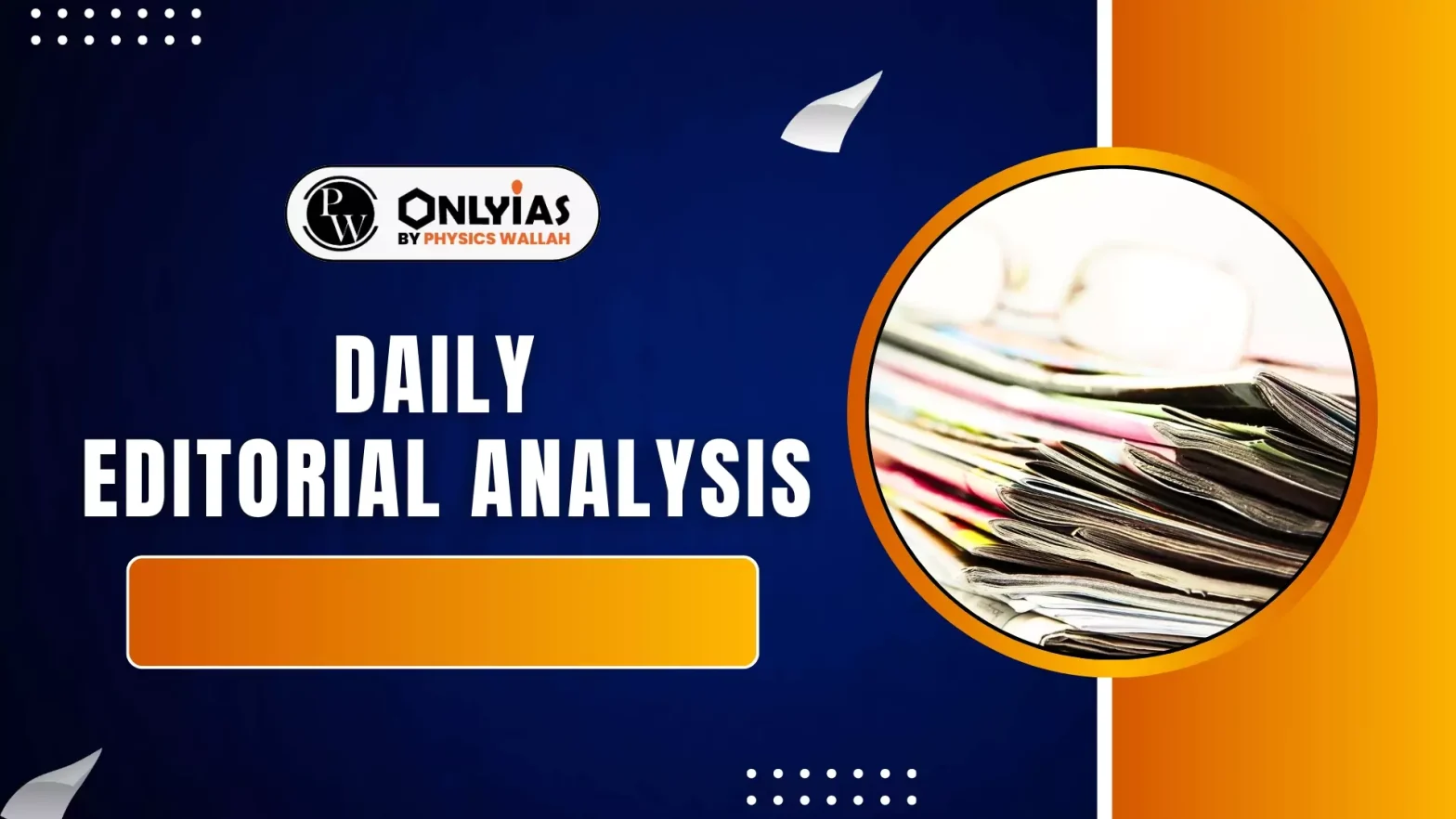British Prime Minister Keir Starmer’s visit to Mumbai, the new EFTA trade and investment pact, and ongoing EU trade talks signal Europe’s growing prominence in India’s diplomacy.
- This comes as Europe itself begins asserting independent geopolitical agency within a more plural “collective West.”
Background
- Evolution of the West Post-1945: Following the devastation of World War II, the world was divided. The West (USA, UK, France, Germany, Japan) adhered to liberal democracy and capitalism, forming NATO, while the other side was led by the USSR (Communism, Warsaw Pact).
- End of the Cold War: The US launched the Marshall Plan to rebuild Europe. In gratitude, European nations often aligned their foreign policies with the US, resulting in a unified West under US leadership.
- Post-Cold War (1990–91): The collapse of the USSR led to a Unipolar World Order, with the USA as the sole superpower. This was celebrated by the West as the triumph of liberal democracy
Emergence of a Multipolar West
- Rise of Multipolar Aspirations: Many middle powers, including India, advocated a multipolar world to balance U.S. dominance; over time, India extended this idea to a multipolar Asia.
- Fragmentation within the West: The U.S. under Donald Trump’s “America First” policy deepened trans-Atlantic fissures, questioning alliances, revising commitments, and forcing allies to rethink long-held dependencies.
- Political Voices of Change: French President Emmanuel Macron’s call for a Europe puissante (French for “Powerful Europe”) and German Chancellor Olaf Scholz’s Zeitenwende (German for “Turning Point/Start of a new era”) in defence spending signalled this continental reorientation.
- Von der Leyen’s Vision: In her 2025 State of the Union, European Commission President Ursula von der Leyen emphasised Europe’s need to stand independently — economically, technologically, and militarily.
- Despite internal divisions — between eastern and western threat perceptions and northern and southern economic priorities — Europe is moving towards greater strategic unity.
- Europe is rearming, expanding intra-EU defence cooperation, and building ties with partners like the UK, Canada, Japan, and South Korea.
Asia’s Response to a Changing West
- Strategic Realignment: America’s Asian allies — Australia, Japan, South Korea, and ASEAN nations — are adjusting to a less predictable U.S., balancing risks and opportunities created by Western pluralism.
- Rise of China and Russia’s Assertiveness: China’s rise and Russia’s revisionist goals are reshaping European and Asian security dynamics, compelling U.S. allies to pursue more independent strategies.
India’s Engagement with a Multipolar West
- Recognition in EU Policy: The EU’s September 2025 Joint Communication on India highlights deepening cooperation in trade, technology, defence, and resilient supply chains under the Global Gateway framework.
- Strategic Partnership: Europe recognises India as a pivotal actor in its Indo-Pacific outreach, seeing mutual success as interlinked and beneficial.
- Handling Global Transitions: India has balanced engagement with Europe and the UK, maintained pragmatic ties with Russia, and cautiously managed tensions with China.
- Scope for Collaboration: A multipolar West offers India more room for manoeuvre and coalition-building across Western partners.
Challenges for India
- Uncertain Western Cohesion: The fragmentation of the West could weaken collective responses to authoritarian assertiveness and global instability.
- Domestic Readiness: India’s internal reforms and institutional agility remain slower than external transformations, posing risks of underutilising new strategic opportunities.
Conclusion
A multipolar West is transforming global diplomacy, giving India greater flexibility but also demanding swift internal reforms. India’s sustained influence will hinge on aligning domestic modernisation with its agile external strategy.
![]() 9 Oct 2025
9 Oct 2025

